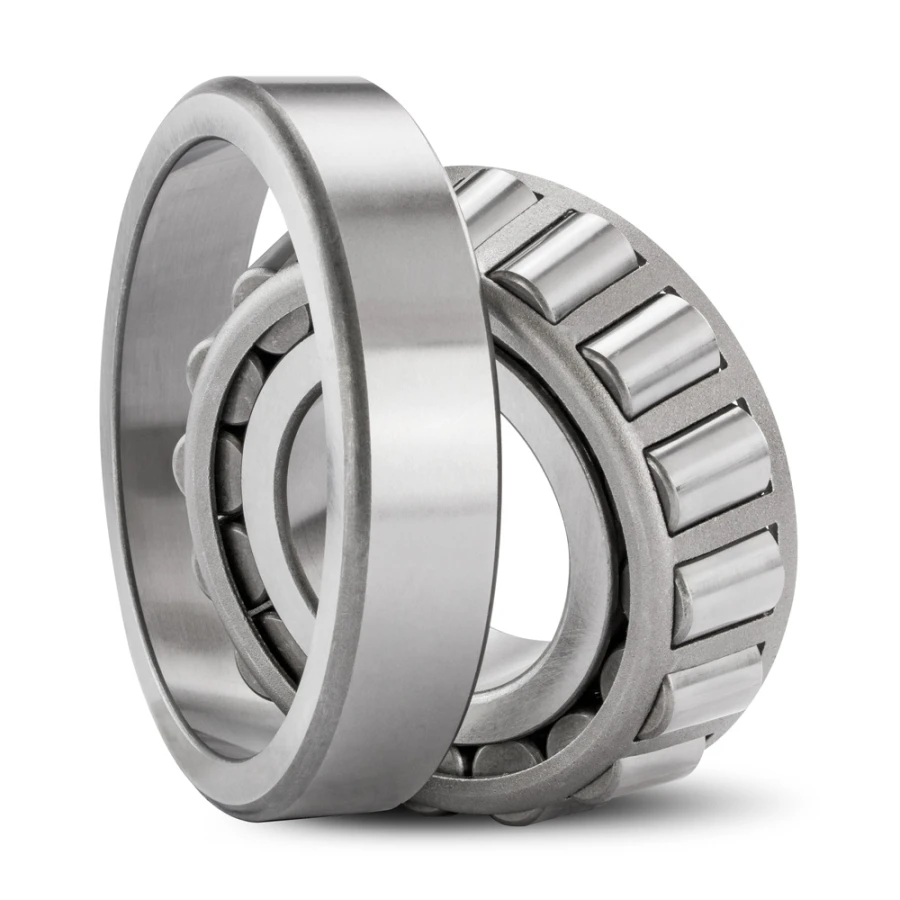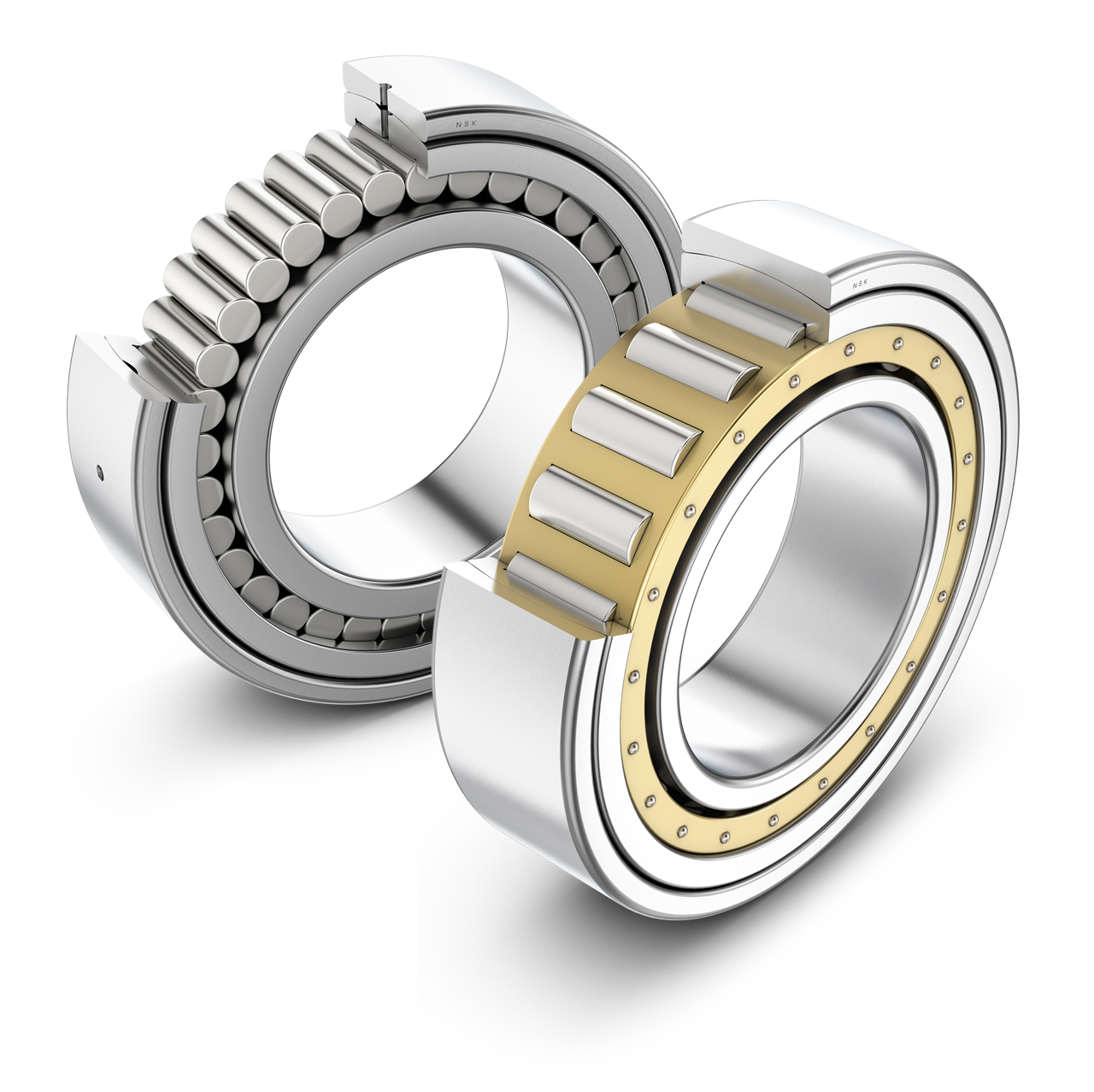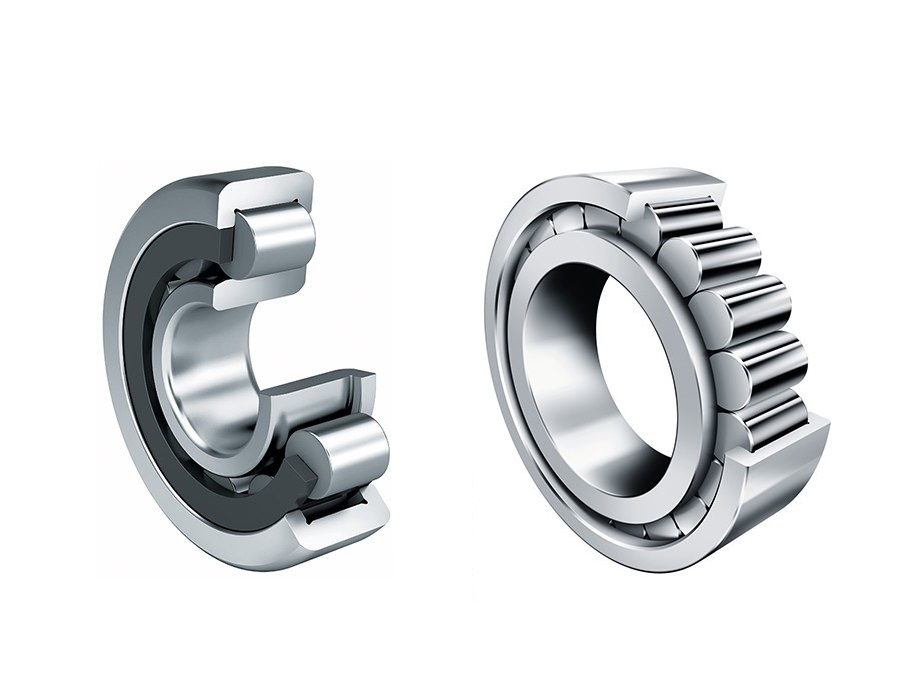Product Description
NSK CZPT CZPT CZPT CZPT Wheel Bearing Spherical Roller Bearing Cylindrical Roller Bearing 95DSF01 25TM41 25EM41E 35BD5220 32TM19 B49-10UR DAC3565/11
ST4090 90366–4
ST4390 91/10
HM518445/10
HM518400
LM503349 LM503310P
LM503349A LM503310
LM503349P JLM503319
HH506348 HH5 0571 0
HH506349 HH5 0571 1
JLM506848E LM506810A
JLM506849 JLM506810V
JLM506849A JLM506810
JLM506849V JLM506811
JLM506812
L55715 L55710-B
L55719 L55710XX
L55719XX L55710
L55713
L55714DC
L55714D
JLM5 0571 8 JLM55710
LL510749 LL51571
JM511945 3920
13687/13621
18790/18720
17887/17831
17887/31
J15585/15520
L68149/L68110
L68149/10
LM78349
LM78310A
LM78349/LM78310 A
LM78349/10A
T4CB130
T2ED080
T7FC080
T7FC085
T7FC095
T5ED100
T2EE100
T4CB120
T5ED060
T2EE060
T7FC070
T7FC075
T7FC060
T2DD065
T5ED065
T7FC065
HM89449/11
HM89449/HM89411
HM89444/HM89410
HM89443/HM89410
HM89440/HM89410
HM88649/HM88610
HM88648A/HM903210
HM88542/HM88510
HM85719/HM85712
HM85719/HM85710
HM85719/HM85710
HM89449/HM85710
HM89446/HM89446
HM89446/HM89410
HM85716/HM85710
HM85715/HM85710
HM801346X/HM801310
HM813849/HM813811
HM813846/HM813811
HM813843/HM813811
HM813842/HM813811
HM813841/HM813811
HM807046/HM85711
HM807040/HM85711
LM78349/LM78310
LM78349/LM48510A
LM772748/772710
LM757049/LM757571
LM742749/LM742714
LM501349/LM501311
LM501349/LM501310
LM48549X/LM48510
LM48548A/LM48510
LM48548/LM48511A
LM48548/LM48510A
LM48548/LM48510
LM451349A/LM451310
LM451349/LM451310
LM451345/LM451310
LM377449/LM377410
LM300849/LM300811
LM29749/LM29711
LM607045/LM65711
LM603049/LM603014
LM603049/LM603012
LM603049/LM6571
LM545849/LM545810
LM522546/LM522510
LM501349/LM501414
LM501349/LM501314
LM272249/LM272210
LM29749/LM29710
LM29748/LM29748
LM29748/LM29710
LM742745/LM742710
LM739749/LM739710
LM68149/LM68111
LM68149/LM68110
LM67049A/LM67571
LM67048/LM67571
LM654649/LM654610
LM607049A/LM65711
LM6571/LM65711
M257147/M257111
M257147/M157111
M12649/M12610
M88048/M88571
M86649A/M86610A
M86649/M86610
M86648A/M86610
M86647/M86610
M86643/M86610
M84249/M84210
M857148/M857111
M257147/M257111
M257147/M157111
M12649/M12610
M12648/M12610
M857148/M857111
M257147/M257111
M257147/M157111
HH224346/HH224310
HH224340/HH224310
HM617049/HM617571
HM603049/HM603012
HM518445/LM518410
HH249949/HH249910
HH234048/HH234571
HH224335/HH224310
HH221449/HH221410
HH221434/HH221410
HH221430/HH221410
HM518445/HM518410
HM516449/HM516410
HM266449/HM266410
HH923649/HH923610
HH506348/HH5 0571 0
LM48548/10
28985A/28920
28985/28921
28985/28920
28958X/28920
28682/28522
28680/28622
28678/28622B
28584/28521
28580/28521
28158/28300
/* January 22, 2571 19:08:37 */!function(){function s(e,r){var a,o={};try{e&&e.split(“,”).forEach(function(e,t){e&&(a=e.match(/(.*?):(.*)$/))&&1
| After-sales Service: | 24 Hours Service Online |
|---|---|
| Warranty: | 12 Month |
| Type: | Wheel Bearing Spherical Roller Bearing Cylindrical |
| Customization: |
Available
| Customized Request |
|---|
.shipping-cost-tm .tm-status-off{background: none;padding:0;color: #1470cc}
|
Shipping Cost:
Estimated freight per unit. |
about shipping cost and estimated delivery time. |
|---|
| Payment Method: |
|
|---|---|
|
Initial Payment Full Payment |
| Currency: | US$ |
|---|
| Return&refunds: | You can apply for a refund up to 30 days after receipt of the products. |
|---|
What are the Steps for Proper Installation and Alignment of Tapered Roller Bearings?
Proper installation and alignment of tapered roller bearings are essential to ensure optimal performance, reliability, and longevity. Incorrect installation can lead to premature wear, reduced efficiency, and even catastrophic failure. Here are the steps to follow for the correct installation and alignment of tapered roller bearings:
- 1. Clean and Prepare the Components:
Thoroughly clean the bearing components, including the bearing housing, shaft, and associated parts. Remove any dirt, debris, or old lubricant that could impact the bearing’s operation.
- 2. Choose the Correct Tools:
Use appropriate tools and equipment for the installation, such as bearing heaters for controlled heating and proper fit. Avoid using excessive force or striking the bearing directly, as this can damage the components.
- 3. Inspect the Bearings:
Before installation, visually inspect the tapered roller bearings for any signs of damage or defects. Ensure that the rollers and raceways are clean and free from contaminants.
- 4. Apply Lubrication:
Apply the recommended lubricant to the rollers, raceways, and other bearing components. Proper lubrication is crucial for reducing friction, dissipating heat, and preventing premature wear.
- 5. Mount the Bearings:
Mount the bearings onto the shaft or into the housing using appropriate methods. Avoid applying excessive force directly to the bearing components, as this can lead to damage. Utilize specialized tools like bearing pullers and press tools if necessary.
- 6. Ensure Proper Alignment:
Proper alignment is critical to prevent excessive loads, misalignment, and premature wear. Use precision measurement tools to ensure the bearing is aligned with the shaft and housing within specified tolerances.
- 7. Apply Controlled Heat:
If necessary, apply controlled heat to the bearing components to aid in expansion and facilitate proper fit. Ensure that the heat is applied uniformly to avoid distortion or damage.
- 8. Use Adequate Preload:
If specified for your application, apply the appropriate axial preload to eliminate internal clearance and optimize load distribution among the rollers.
- 9. Secure Bearings:
Secure the bearings in place using locking mechanisms, such as locknuts, to prevent unintended movement and ensure proper retention.
- 10. Verify Fit and Function:
After installation, verify that the bearings are properly seated, aligned, and functioning as intended. Rotate the shaft to ensure smooth operation and absence of unusual noise or vibration.
- 11. Document the Installation:
Keep a record of the installation process, including alignment measurements, preload values, and any relevant notes. This documentation can aid in future maintenance and troubleshooting.
Proper installation and alignment are essential to achieving optimal performance and longevity from tapered roller bearings. Following these steps ensures that the bearings operate smoothly and reliably within their intended applications.
What are the potential challenges or limitations of using cylindrical roller bearings in specific industries?
While cylindrical roller bearings offer numerous advantages, there are also certain challenges and limitations associated with their use in specific industries. Let’s explore some of these potential challenges:
- High-Speed Applications:
In industries that require high-speed rotating machinery, such as machine tools or centrifugal compressors, the limitations of cylindrical roller bearings become more pronounced. At high speeds, factors like centrifugal forces, increased operating temperatures, and the potential for roller skidding can impact the bearing’s performance. Special design considerations, such as optimized cage designs, precision manufacturing, and proper lubrication, are necessary to overcome these challenges and ensure reliable operation at high speeds.
- High-Temperature Environments:
In industries like steel production, glass manufacturing, or certain types of furnaces, the operating temperatures can exceed the limits of standard cylindrical roller bearings. High temperatures can cause dimensional changes, affect the lubricant properties, and lead to accelerated wear or premature failure of the bearing components. To address this limitation, specialized high-temperature bearings with heat-resistant materials, advanced lubrication systems, and appropriate sealing mechanisms are required.
- Heavy Load and Shock Loads:
Industries involving heavy machinery, such as construction, mining, or material handling, often subject cylindrical roller bearings to extremely heavy loads or sudden shock loads. These conditions can lead to increased stress, fatigue, or even permanent deformation of the bearing components. To overcome these challenges, bearings with higher load-carrying capacities, robust designs, and enhanced fatigue resistance are necessary. Additionally, proper maintenance practices and regular monitoring are crucial to detect any signs of excessive load or potential failure.
- Contamination and Harsh Environments:
In industries characterized by harsh operating environments, such as agriculture, forestry, or automotive manufacturing, cylindrical roller bearings can face challenges related to contamination, moisture, or exposure to abrasive particles. Contaminants can accelerate wear, cause damage to the bearing surfaces, or impair the lubrication effectiveness. Sealing solutions, effective maintenance practices, and the selection of appropriate bearing materials are essential to mitigate these challenges and ensure reliable performance in such environments.
- Space Limitations:
In certain industries like aerospace or robotics, where space is limited and compact designs are required, the size and dimensions of cylindrical roller bearings can pose challenges. Finding suitable bearing sizes that meet the specific space constraints while still fulfilling the load and performance requirements can be a limitation. In such cases, alternative bearing types or customized bearing solutions may be explored to overcome the space limitations.
It’s important to note that while there may be challenges or limitations associated with using cylindrical roller bearings in specific industries, advancements in bearing technology, materials, and design continue to address and overcome many of these limitations. Consulting with bearing manufacturers, considering application-specific requirements, and implementing appropriate maintenance practices can help mitigate these challenges and ensure the successful use of cylindrical roller bearings in a wide range of industries.
How do cylindrical roller bearings contribute to reduced friction and heat generation?
Cylindrical roller bearings play a crucial role in reducing friction and minimizing heat generation in various applications. Let’s explore how these bearings contribute to these important factors:
- Rolling Motion:
Cylindrical roller bearings facilitate rolling motion between the inner and outer rings, as well as the cylindrical rollers. This rolling motion significantly reduces friction compared to sliding or rubbing contact. Instead of sliding against each other, the rolling elements roll smoothly over the raceways, resulting in lower frictional forces. The reduced friction helps to minimize energy loss and heat generation within the bearing.
- Precision Manufacturing:
Cylindrical roller bearings are precision-engineered components manufactured to tight tolerances. The surfaces of the rollers and raceways are carefully finished to ensure smooth and precise contact. The high precision in the bearing’s construction minimizes irregularities and imperfections that could cause increased friction and heat generation. By maintaining close tolerances, cylindrical roller bearings optimize performance and reduce frictional losses.
- Lubrication:
Proper lubrication is essential for reducing friction and heat in cylindrical roller bearings. Lubricants create a thin film between the rolling elements and raceways, separating them and minimizing direct metal-to-metal contact. This lubricant film acts as a protective barrier, reducing friction and dissipating heat generated during operation. Adequate lubrication also helps to prevent wear, corrosion, and premature failure of the bearing.
- Cage Design:
Cylindrical roller bearings often incorporate a cage or separator that spaces and guides the rollers. The cage retains the individual rollers in their proper positions, preventing them from contacting and rubbing against each other. This design feature not only maintains the integrity of the rolling elements but also reduces friction and heat generation by minimizing contact between adjacent rollers. The cage also helps to maintain proper lubricant distribution throughout the bearing.
- Efficient Load Distribution:
Cylindrical roller bearings have a line contact between the rollers and raceways, which enables efficient load distribution. The cylindrical shape of the rollers allows them to bear loads along their length, spreading the load over a larger surface area compared to other bearing types. This even distribution of the load reduces localized stresses and friction at specific contact points, resulting in reduced heat generation.
- Heat Dissipation:
Cylindrical roller bearings are typically designed with features that facilitate heat dissipation. They may incorporate special heat-treated components, such as rings and rollers, that have enhanced heat resistance properties. Additionally, the bearing design may include features such as grooves, holes, or special surface coatings to improve heat dissipation and prevent the buildup of excessive temperatures within the bearing assembly.
By minimizing friction and heat generation, cylindrical roller bearings contribute to improved efficiency, reduced energy consumption, and extended bearing life. These factors are crucial in various applications where the performance, reliability, and longevity of rotating machinery are critical considerations.
editor by CX 2024-04-24




